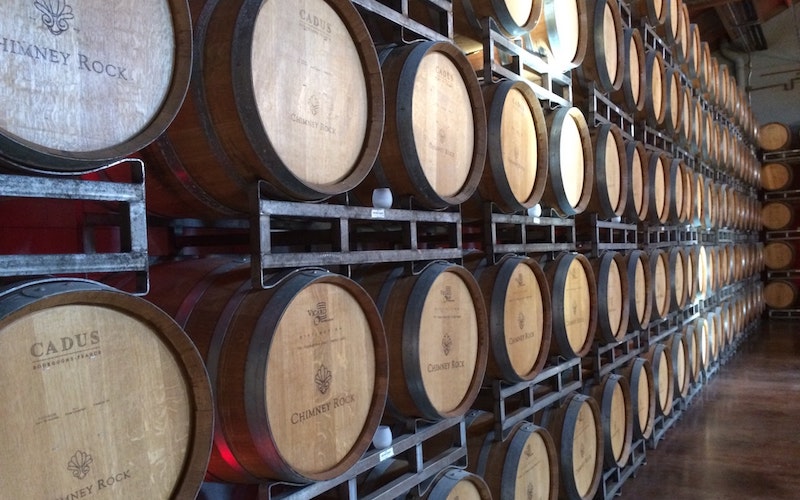How Wine Is Made: Rosé and White Wine
Episode #4 of the course The ultimate beginner’s guide to wine by Paul Kalemkiarian
Hi,
As mentioned last time, a lot goes into making red wine. The process for making rosé is similar.
Wine Making Process: Rosé
There are two main ways to make rosé.
Rosé de saignée is made in much the same way as red wine. The juice of red grapes is allowed to ferment for a short while in contact with the skins, taking on some, but not much, of their color. After a period of between a few hours and two or three days, the lightly colored liquid is drawn off into a separate vat to finish fermenting.
The second way, used for Rosé d’Anjou, is the following: black grapes pass through the stemmer-crusher and the press, releasing some of their skin pigment en route. This is similar to the process used for white wine and, like white wine, it can then be stored in barrels or steel tanks (or bottled) based on the winemaker’s desired taste.
Wine Making Process: White Wine
The process for making white wine is slightly different yet equally fascinating. White wine takes fewer steps to make than red. In simple terms, grapes are crushed, then pressed, and the juice is allowed to ferment until sufficient sugar has turned into alcohol. There are three crucial stages in the making of white wine: picking, fermentation, and maturation.
Picking and Fermentation
Pick the grapes too early and there will be too little sugar in them for the juice to turn into alcohol and balance the unripe acidity. Pick too late and there will be too much sugar in the wine. Once the grapes are back in the winery, crushed, protected from unwelcome yeasts with sulfur, and pressed, the juice has to ferment.
So the next stage is malolactic fermentation—the conversion of malic acid (as found in apples) into the softer lactic acid (as found in milk). Allow the malolactic to take its course, as in white Burgundy, and you get softer wines. Halt progress with sulfur, as in Vinho Verde, and you get crisper wines. Besides, white wines tend to be crisper if they’re fermented cool.
Is the wine to be sweet? If there’s enough sugar to make sufficient alcohol and leave some over to sweeten the wine, the fermenting yeasts are simply killed off with refrigeration or sulfur. Otherwise, one can always “back blend” by adding sweet grape juice to the fermented wine. If there isn’t the natural sugar to make enough alcohol, you can add a little cane sugar (chaptalization) to help the process.
Maturation
The wine can then go into glass-lined, stainless steel vats or oak barrels. Either way, solids suspended in the wine (the “lees”) will fall through, helped by a fining agent. The clear wine is then “racked” (passed into another container) before being filtered and bottled. In some winegrowing regions—notably Muscadet—the wine may be bottled when on its lees.
If barrels are used, there is the choice of how long the wine remains in them and what kind and size of barrel to use. Chardonnay, for example, gains from being matured in small new oak barrels; white Dão tends to remain for a long time in large, old barrels.
We’ve talked about how wine is made. Now what? Next time, we’ll move past theories and discover some “real world” skills to help you select wine.
Recommended book
Wine Folly: The Essential Guide to Wine by Madeline Puckette, Justin Hammack
Share with friends

